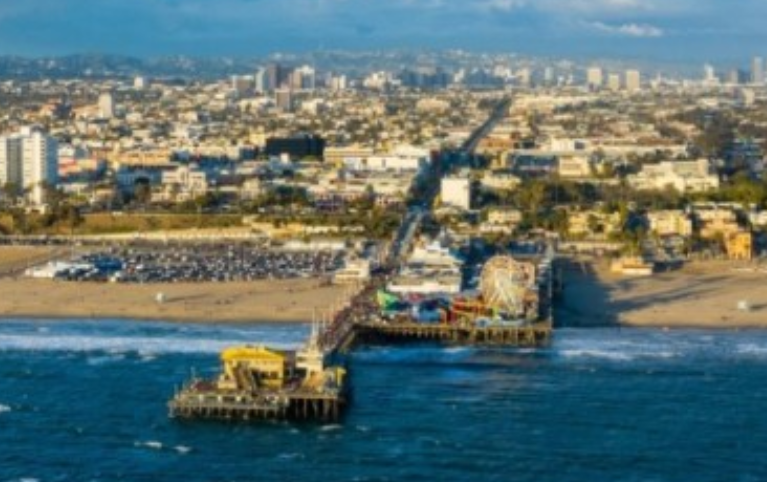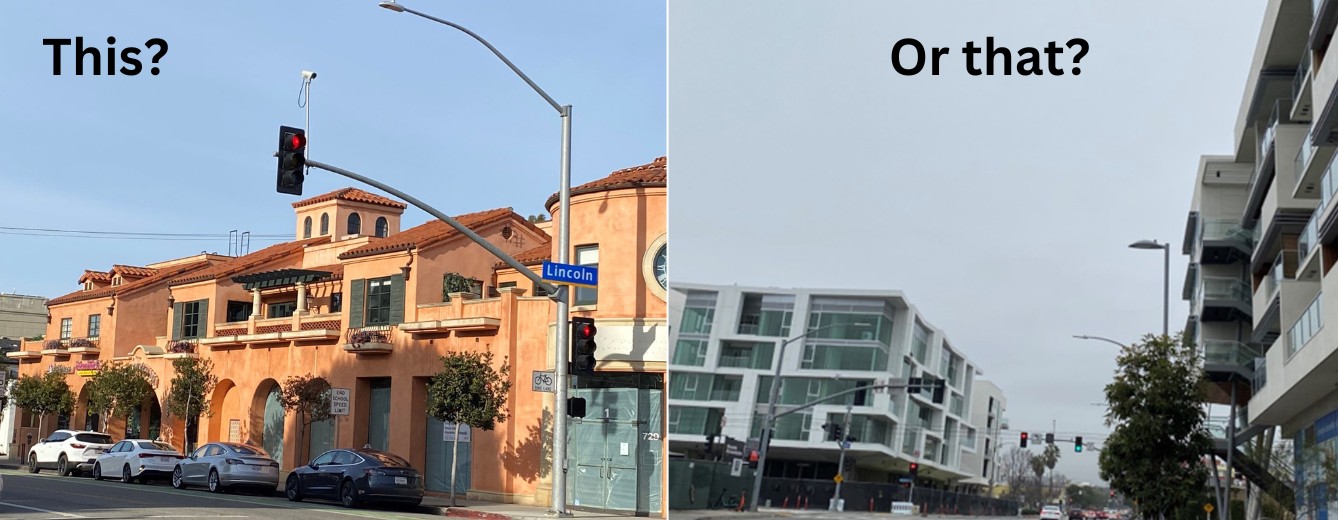The Realignment Plan follows several years of fiscal strain and rising public frustration over crime and homelessness
Santa Monica officials are preparing to vote on a sweeping “Realignment Plan,” a multi-year strategy aimed at reversing pandemic-era decline, restoring safety and cleanliness, and achieving fiscal stability by 2028.
The proposed plan, developed under City Manager Oliver Chi and guided by council priorities, outlines a broad effort to rebuild the city’s organizational capacity while addressing concerns about homelessness, public safety, and the local economy.
“This plan is about getting Santa Monica back on its feet — safe streets, vibrant neighborhoods, and a city organization strong enough to deliver,” Mayor Lana Negrete said in a statement.
The Realignment Plan follows several years of fiscal strain and rising public frustration over crime and homelessness. It proposes a mix of public safety investments, economic incentives, and administrative reforms organized around five core priorities.
Safety and Clean Streets
Central to the plan is a public safety overhaul that includes a new Downtown police substation at Santa Monica Place Mall and an expanded Downtown Services Unit. The city plans to double the number of sworn officers patrolling the area daily, add eight new Public Safety Officers, and authorize 10 over-hire positions to prevent staffing gaps due to retirements.
The plan also emphasizes integrating homeless outreach teams with law enforcement and improving response coordination for the roughly half of downtown service calls linked to homelessness.
Complementary actions include reimagining the SAMOSHEL homeless shelter into a new “healing center” model, expanding alternatives to incarceration, boosting misdemeanor prosecution rates, and exploring new regulations around vehicle habitation.
A $3.5 million Downtown capital improvement package would also fund tree planting, sidewalk repairs, upgraded lighting and signage, and fountain restoration. Another $500,000 would go toward business corridor revitalization on Montana Avenue, Main Street, Pico Boulevard, and Ocean Park Boulevard.
Economic Recovery and Growth
To counter rising retail and office vacancies, the plan pairs public safety efforts with economic activation measures. The city proposes hosting a large-format Santa Monica Music Festival in partnership with Goldenvoice in 2026, launching regular events on the Third Street Promenade, and easing restrictions for outdoor dining.
The city also intends to modernize its permitting process — with some approvals promised in as little as one week — and test an AI-based plan-check pilot program. A broader reopening of branch libraries by 2026 would reintroduce them as workforce and community hubs.
Housing and Livability
The plan also tackles housing with new ordinances to address vacant properties and increase transparency for non-rent-controlled units. It includes funding for expanded code enforcement and city-led housing development downtown, leveraging public land for affordable projects.
Rebuilding City Operations
To meet these goals, the plan calls for rehiring maintenance staff, expanding homeless response teams, restoring the city’s urban forestry program, and launching a city-operated ambulance program expected to generate about $7 million annually.
Officials also plan to monetize several city-owned parcels downtown to rebuild cash reserves and raise up to $200 million by 2028.
Workforce and Fiscal Reform
Internally, the “One SaMo” initiative seeks to rebuild employee morale and accountability through new organizational values centered on humility, integrity, motivation, and care.
Financially, the plan outlines a 24-month stabilization program that aims to balance the general fund by 2027-28 through spending realignment, new recurring revenues, and potential land-asset sales. A 2026 parcel tax measure could also be introduced to sustain city-school partnerships.
“Realignment is about getting Santa Monica back on its feet,” Chi said. “We’re investing in public safety, cleaning up our streets, and rebuilding the financial and organizational strength that make great cities endure. This plan is a promise — that Santa Monica’s best days are ahead.”













